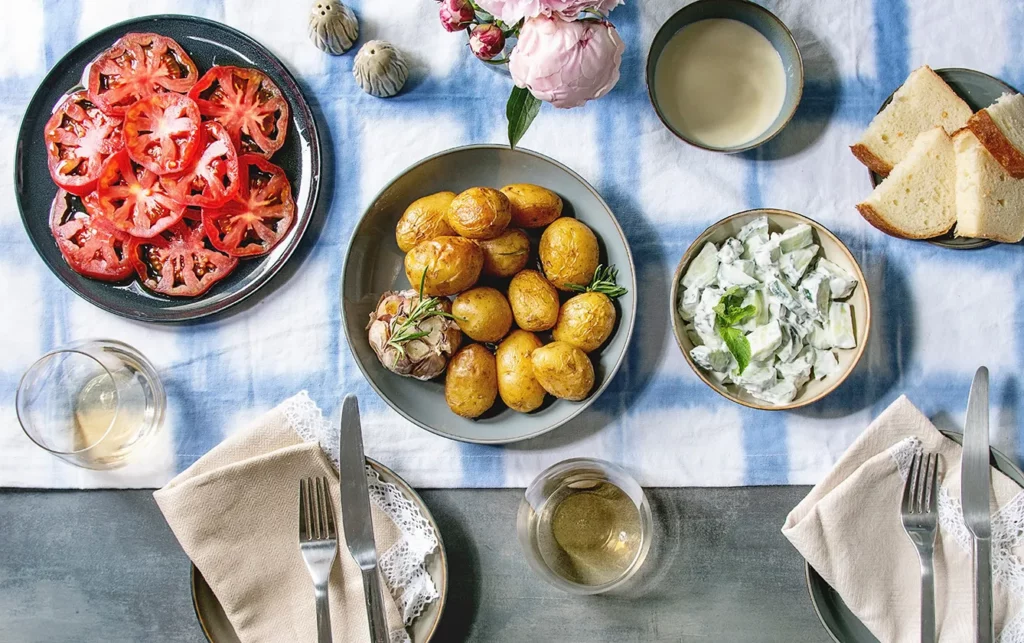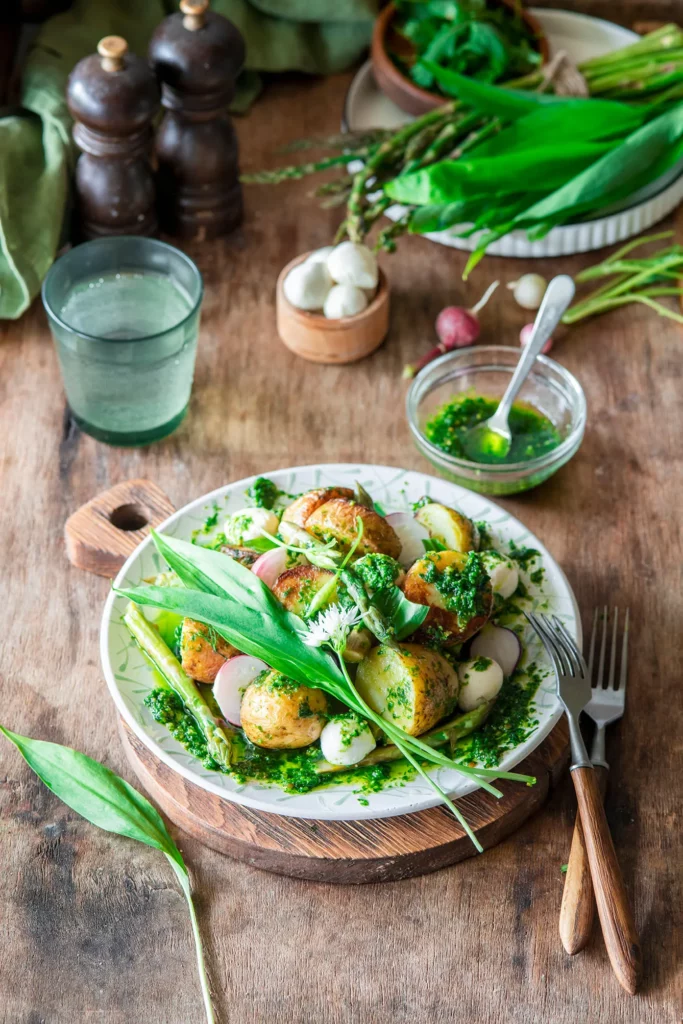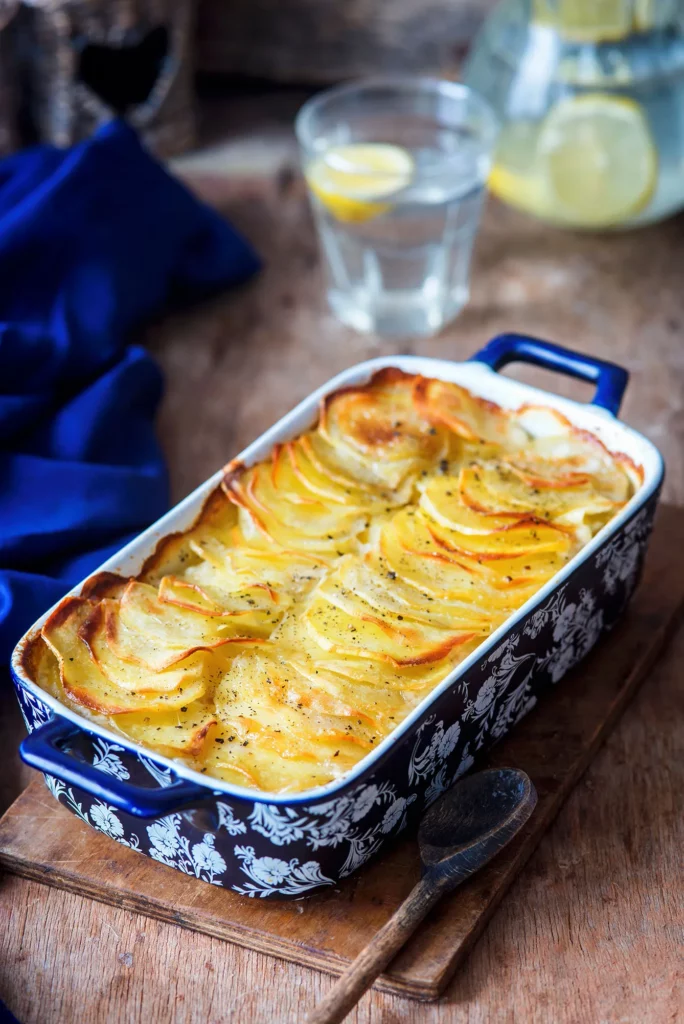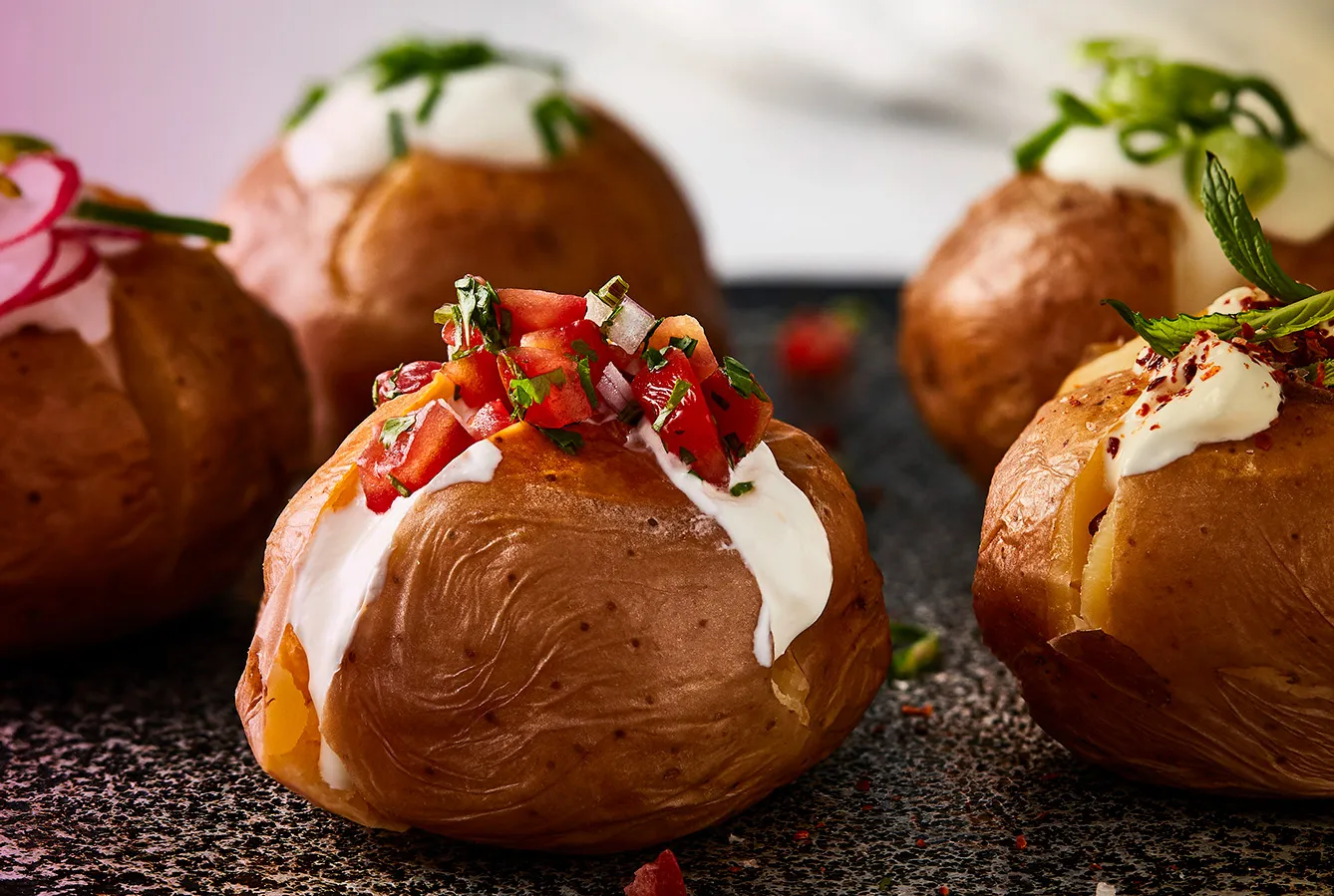1848 was one of the most important years in the history of modern Europe, a year of popular revolts. As with revolts of today, most start and spread with economic crisis; the 1848 Springtime of the People started with a potato. Namely, the European Potato Famine, a food crisis sparked by a potato blight that led to widespread starvation.
The results of the disease were unprecedented, but they also illustrate the enormous role of potatoes in the European food chain, a role that is still visible today. “When there are potatoes, there is no hunger,” my grandma used to say, and this proverb reflected a general trend in Polish cuisine.

A thousand dishes
“Five Hundred Potato Dishes” is a cookbook title that has become proverbial in Polish culinary culture. Let us first admit that the title is a little inaccurate. “500 potato dishes” is, in fact, a book – by Soviet authors, published in Poland in the 1980s, but the scheme of the title “(Insert number here) Potato Dishes” is at least a hundred-year-old tradition in Polish cookbook markets. The Polona Polish national digital library lists 225 results for the prompt “ziemniaki,” which means potatoes in Polish, out of publications yet scanned – but surely there are thousands yet to come as the potato is truly the king of Polish cuisine.
Introduced into Western Europe from America in the 16th century, at first, it was merely used as a decorative flower until cooks noticed that the underground heads, starchy, moist, tasteless, and inedible, can be really tasty and filling after being boiled or baked.
And nothing is more accurate than that – rich in vitamins and nutrients, easy to grow, even – contrary to popular belief – low in calories, still perfect as a staple of peasant cuisine. The late 17th century marks the beginning of potato cultivation in Poland, which has been popularizing ever since. Once potatoes replaced the centuries-old tradition of eating groats, it was unstoppable.
Potato season
Hence hundreds of potato dishes are diligently enumerated by cookbook authors. The simplest of forms in Polish cuisine is as a side dish – peeled and sauteed with only salt added to the boil, supposed to be served next to a pork chop and fried sauerkraut. Prepared in such a way, good potatoes should be buttery, steaming hot, and slightly crispy on the outside but melt-in-your-mouth soft inside.



To add creaminess, Poles go for mashed potatoes – with butter, milk, and seasoning, that also perfectly accompany many forms of dinners. And another form of glorious simplicity is a baked potato. Summer vacation bonfires call for them, wrapped in tin foil and buried in hot ash until soft on the inside and crispy-burned from the outside. You split the charred potato in half and put some butter and salt to eat the moist filling like oysters from the shell.
But that’s three out of hundreds – or even thousands – of possibilities. Every Polish store sells potato flour, which can be turned into kluski, which are filling-free dumplings that, thanks to this addition, have a more chewy consistency. You can also use leftover boiled potatoes from Sunday dinner to prepare kopytka – another kind of dumpling that is more dense but still delicious.
Also, try to convince Polish cooks to prepare potato pancakes – with raw potatoes that are grated and fried with egg as a binding agent. Or get them to bake a potato pie – seasoned grated potatoes with bacon bits, served topped with sour cream. Or boiled, sliced, and baked as one (or more) layers of the casserole. Or, mixed with cottage cheese and some seasoning (perhaps also fried chopped bacon) as a dumpling stuffing of famous Polish “ruskie.”
That’s just the beginning of the vast ocean of possibilities that make even the most delicious French fries look bland and uninteresting. For more, you have to explore the world of Polish potatoes yourself.
Baby potatoes conquering the spring
But one more caveat. Potato season doesn’t start in September when the proper harvest begins. Yes, most of them are dug out at that time, and, thanks to their other quality – ease of storage throughout winter – they are sold through spring. Though in early June, the first potatoes are ready to emerge from the ground. Small and almost naked, with only a film of peel that you can easily rub off with a coarse kitchen sponge, they are even more delicious than the robust autumn ones.
This is the time for salads with potatoes, but also for another crown prince of simplicity in the potato kingdom: the baby potato with sour milk ensemble. The recipe is self-explanatory: you simply boil baby potatoes, sprinkle them with some butter that melts deliciously, and then with chopped dill. Served with sour milk, kefir, buttermilk, or even yogurt, they make a lunch to die for.
Luckily, almost two centuries after the European Potato Famine, this is currently the only “death” caused by potatoes. Yes, perhaps the neighbors call Poles the potato-eaters, but that’s not our problem – we have potatoes in thousands of their forms.







